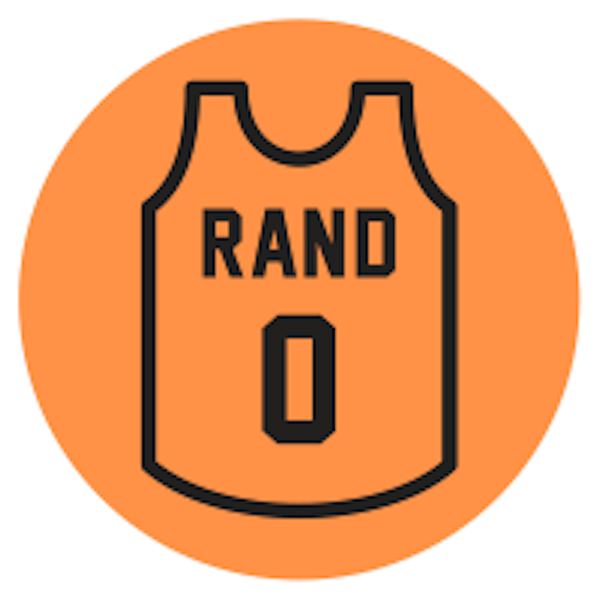 See
more of the story
See
more of the story
In laying out a proposed vision for the future in big-time college athletics last week, NCAA President Charlie Baker said a lot of things that both make sense in the context of modern sports and fly in the face of the model that has defined college sports historically.
"First, we should make it possible for all Division I colleges and universities to offer student-athletes any level of enhanced educational benefits they deem appropriate," he wrote in a letter to 350-plus Division I schools. "Second, rules should change for any Division I school, at their choice, to enter into name, image and likeness licensing opportunities with their student-athletes."
He said the disparity between FBS schools — the top financial and competitive tier of Division I — and all other schools is growing, writing that "the challenges are competitive as well as financial and are complicated further by the intersection of name, image and likeness opportunities for student-athletes and the arrival of the Transfer Portal."
But in calling for a recognized and organized tier of schools with rules around increased spending, Baker's comments came up short in one way. He said inclusion would be voluntary and that Power Five schools would have a choice to enter — or not — this new financial tier that would require schools to pay at least half their athletes $30,000 a year.
In reality, though, every Power Five school would essentially have no choice but to be a part of it. And Baker's ideas — while very much a work in progress, which is good to acknowledge — would create an even larger gap within that top tier of schools than exists now if, as he writes, schools are allowed to offer "any level of enhanced educational benefits they deem appropriate."
Instead, what needs to happen in a construct like this is a sort of "salary cap" for each school — and a salary floor. Without it, recruiting will simply be dominated by whatever school has the most amount of money to offer players.
That's what we are starting to see already without any rules in place, as programs that have pumped/raised the most early money into the currently unaffiliated NIL collectives are throwing six- and seven-figure deals at athletes in order to flip high school commitments and land high-profile transfers.
The Gophers football program has lost players to the portal and had players recently decommit. In basketball it has happened, too. In basketball, it is even more damaging because of the impact one or two players can have — as Marcus Fuller and I talked about on Friday's Daily Delivery podcast.
NIL money might not be the primary motivation when athletes change their minds and switch schools, but it's foolish to think it's not a factor. If NIL money is controlled by schools instead of just collectives funded by donors, the money schools can offer will only grow and the gap between the haves and have-nots will only widen.
So if this higher tier of big-money schools does become established, there needs to be some upper limit on spending to give everyone a fairer shot in recruiting — just as there needs to be a minimum spending level to make sure players are sharing in the billions of dollars college sports make and to ensure schools in the new tier belong in that tier.
Here are four more things to know today:
*The Wolves fell behind 17-2 early to the Mavericks on Thursday, and it looked like they might be headed for some real adversity along with their set of consecutive losses this season. Instead, they outscored Dallas 117-84 the rest of the way to improve to 18-5. This team continues to be impressive.
*It was shocking to see the Raiders put up 63 points on Thursday, just four days after the Vikings shut them out 3-0. As one emailer quipped to me this morning, Las Vegas is averaging 31.5 points over its last two games.
*In a somewhat related side note, Nick Mullens replaced Joshua Dobbs in that 3-0 game and led the Vikings to their only points. We already knew he would start Saturday's game against the Bengals. What we learned, perhaps surprisingly on Thursday, is that Dobbs has been demoted to No. 3 on the depth chart while rookie Jaren Hall will serve as the backup.
"I wanted him to go about the week, kind of simulating as if he was playing, using it as a real tool for his development and growth," head coach Kevin O'Connell said.
I'd buy that fully if the Vikings were 4-9. But the Vikings are 7-6 and fighting for a playoff spot. They must see Hall as their next-best option to win a game at this point.
*Kudos to Patrick Reusse for giving some attention to outgoing coach John Anderson and the Gophers baseball program.


